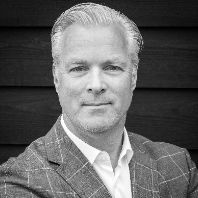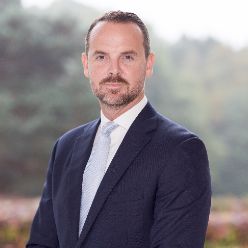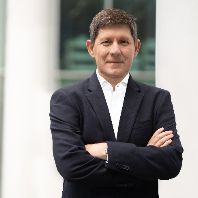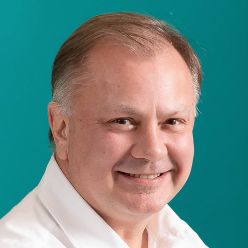London well and truly dominated commercial property investment volumes in 2015. Do you see this continuing or will other European cities feature more prominently in 2016?
London will remain the primary investment destination. It is a gateway for international investors coming into Europe due to market size, liquidity and transparency. Despite some investors showing uncertainty with respect to the Brexit, we don’t expect this to change in 2016. While London has reached top price levels, this could motivate some potential investors to wait for a cooldown. Others who have entered the market will increasingly start selling assets. However, we don’t expect this to slow down the market overall.
Furthermore, London is without serious competition in Europe. The city’s major European competitor, the greater Paris area, suffers from the weak economy in France; its commercial transaction volume increased only slightly to roughly €19bn in 2015. This underlines the relative weakness of the market. The strong German economy on the other hand promotes the commercial investment market, but the total volume of approximately €55bn only breaks down to a number of locations. Berlin has seen investments of roughly €8bn in 2015 – a doubling compared to the previous year. The German capital is also growing in economic power and population, but it holds no monocentric position in the country as London or Paris do, therefore posing no serious challenge to London.
Liveability, sustainability and technological progress have been key considerations in European investment strategies in 2015. What factors do you see dominating the scene in 2016?
Softer aspects such as these are becoming increasingly important especially for long-term investors as new engagements in the current high-peak market situation need validation by state-of-the-art, sustainable properties. However, the high transaction volumes in Europe indicate that few investors were able to buy grade-A properties fulfilling these requirements in 2015. Therefore we believe the traditional investment criteria will remain as relevant as ever.
Looking more closely at distinct sectors are there specific markets you see as having significant potential for 2016? Where would you be investing?
All sectors have reached top-end price levels. This makes hunting for extra yields and hidden pearls very challenging. Against this background it’s our strategy to choose selected investments which meet our client’s as well as our own standards for long-term, sustainable investments. These are not only core/core+ assets but also assets in need of active asset management and repositioning. In this context Germany remains our focal market where we can benefit from our local expertise. However, there are some markets in the periphery of Europe such as Marseille, Helsinki or Budapest, which are lagging in the investment cycle offering more return at higher risks. These may be the ones to look out for.
Outside investment has played a significant role in the European real estate market’s recovery in the last few years. How do you see this trend evolving in 2016?
European and international investors will still play a significant role in Europe in 2016. They are substantially important not only on the buy but also on the sales side with respect to market liquidity. There are an increasing number of foreign investors appearing as sellers. They are the oneswho entered the market at an early stage of the cycle to retain their profits. In addition, as key interest rates and returns on government bonds have started to rise in the US, some investors may switch to bonds. Furthermore some sovereign wealth funds, especially from countries which are heavily affected by the fall in commodity prices, have less purchasing power available. Despite these potential restrictions, there remains a strong positive yield gap for real estate compared to government bonds and weakening stock markets resulting in ongoing demand for European real estate by international investors. However, the major inflow of money can be expected intraregional from European sources of capital.
If you had one prediction for the European commercial property market in 2016 what would that be?
The European property market profits from a number of overall positive conditions such as positive economic growth, low interest rates and excessive supply of money. These stable conditions support real estate’s reputation as a safe haven against the backdrop of uncertainties in other assets classes. We do however see turbulences in the global economy and capital markets clouding the sky. This will most likely have an impact on letting and subsequently on the investment markets.
About Corpus Sireo
Corpus Sireo is an award-winning multidisciplinary real estate business operating independently as an asset manager, residential broker and developer with a focus on Germany and nine other European countries.
Ingo's interview is part of the Investment Market 2016 Roundtable in Europe Real Estate, also featuring: Nick Pink, CIO, Cornerstone; Raimondo Amabile, Managing Director, Pramerica; and Rob Wilkinson, CEO, AEW Europe. To get your copy visit our webshop.















